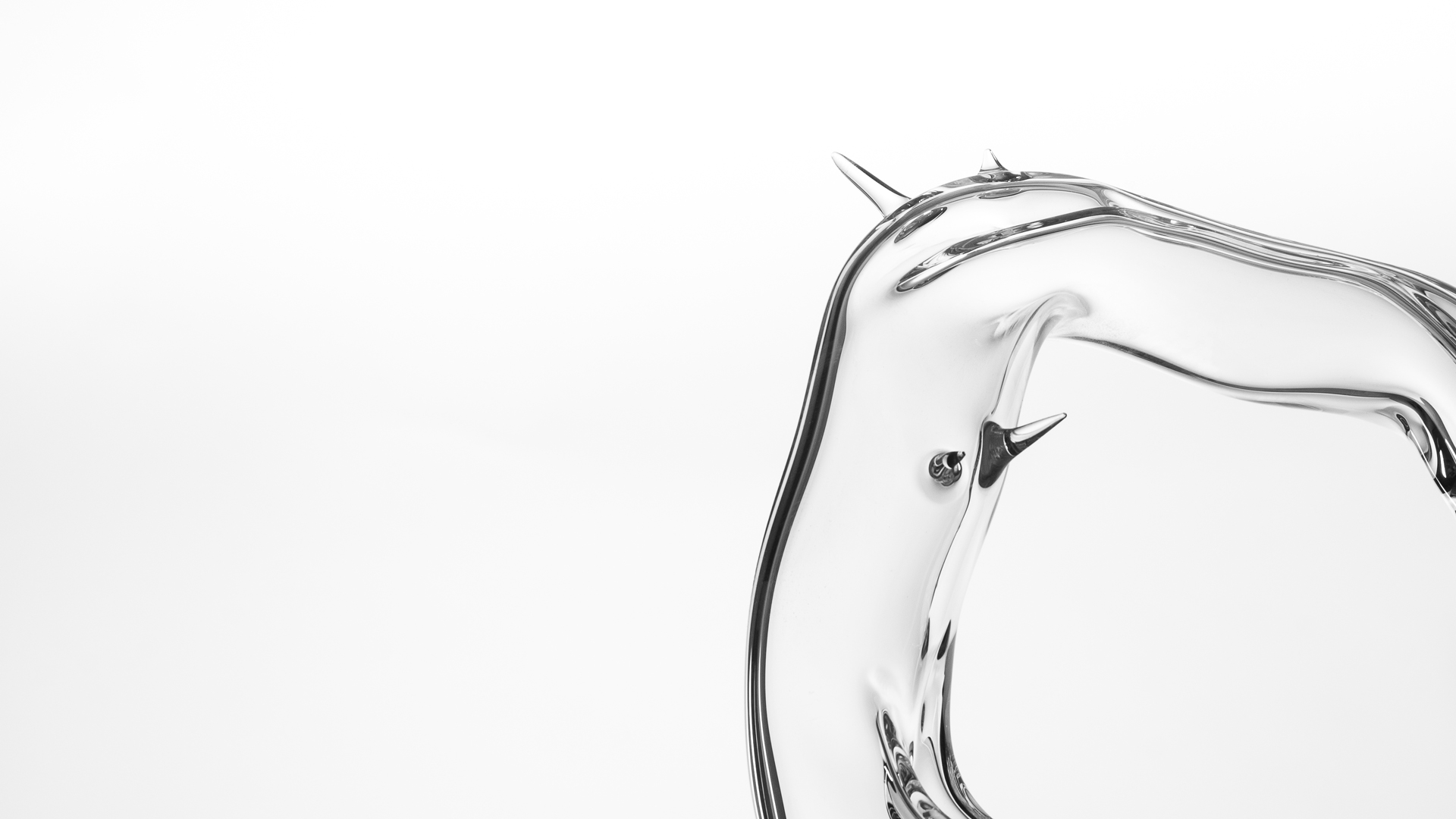
Do you know what glass did?
It has changed the world!
We take this material too much for granted and never think about how it has changed our lives. Let’s try for a moment to imagine how our daily lives would be without it. Small conveniences would disappear and even more terrific, its absence would compromise our own evolution.
Glass has defined important historical moments and social changes that today are rooted in our culture. Glass is part of the conception of what surrounds us and the idea we have of ourselves. Glass, in short, defines us!
The story of its origins is lost in legend. Pliny the Elder, a famous Roman writer and naturalist from the first century A.D., tells us that glass was born by chance. In the years between 4000 and 2000 B.C. on the banks of the Belo River in Syria. Apparently, at first, it was considered as a precious material like gems and hard stones. Because at the beginning it was opaque and difficult to produce. Only with time, they began to understand its countless possibilities. The first manual of glassmaking technique dates back to 650 BC and comes from the personal library of the Assyrian king Assurbanipal. It is written on tablets in cuneiform characters and it tells the first recipe for its production, which is “Take 60 parts of sand, 180 parts of powdered dried algae and five parts of chalk”.
The real revolution took place in 100 B.C. when in the glassworks of the Syrian coast the blowpipe was invented. The blowpipe is a simple tube of length between 1.20 and 1.60 meters with a mouthpiece on one of the ends. This invention changed the whole world of handicrafts but not only. With the improvement of the recipe, glass masters started to produce thinner glasses. Glass Objects production became faster, and finally they produced the transparent glass.
The development of glass working had an astonishing acceleration thanks to Romans. They showed remarkable technical skills in working with glass. And they were the first ones to understand the uniqueness of glass’s characteristics. Glass began to be appreciated for its incredible transparency and how it shows the color of the most appreciated beverage of Romans, wine.
They realized glass was not only beautiful but also useful, essential, and unique. Numerous studies prove it was used in great quantities, more than in any other historical period.
Romans were also the first to invent and use glass for windows! Cicero writes: “(…) well poor must be considered those who do not own a house wallpapered with glass plates.” These ingenious people, incredibly, had also learned to use glass as a means of obtaining enlarged images using a small glass ball filled with water.
In short, credit goes to the Romans for bringing glass into everyday life, even at the lowest social level. And for recognizing transparency, as an unequivocal characteristic. The glass is charged with essential importance for everyday life and will be the invention of the Romans to open the door to other incredible discoveries in the scientific world.
Another fundamental period was the “golden age” of Venice, particularly in Murano. This island in a very short time became the center of the world for glass processing, making this material its very essence. It was such an important art that whoever dared to export the secrets of glassmaking was liable to severe punishment.
The turning point that changed the fortunes of the Lagoon was when Angelo Barovier invented extraordinary “crystal” glass. For the first time in history, glass was completely transparent, extremely pure, similar to rock crystal. For Barovier and for Murano, this was fame. Their transparent glass, decorated with enamels and gold, is requested by great families, the doges, even the pope!
The expansion that glass had in this period was associated with something profound, intellectual, cultural, and even with fashionable thoughts. Venice made glass a synonym of wealth and social importance. It became a prestigious art form, an intellectual and cultural fashion that gave fame to glass as never before. The whole world began to reconsider this material and how to use it. As a result, new discoveries and inventions were made.
It is in this way that the identity of glass seems to be less and less blurred. From being considered a substitute for precious stones and ceramics, it becomes a mirror showing the true image of everyone, thus opening up a world of self-conception; it protects from the cold and allows light to enter homes, as no other material was able to do, it helps to see things for what they are, allowing one to look at the smallest and unseen details. Unlocking the doors in the world of scientific knowledge.
The rapid spread of glass has led to consequences of incalculable importance. This is just the first look at a material, glass, that has changed the world.
References for the photos: https://www.cmog.org/
